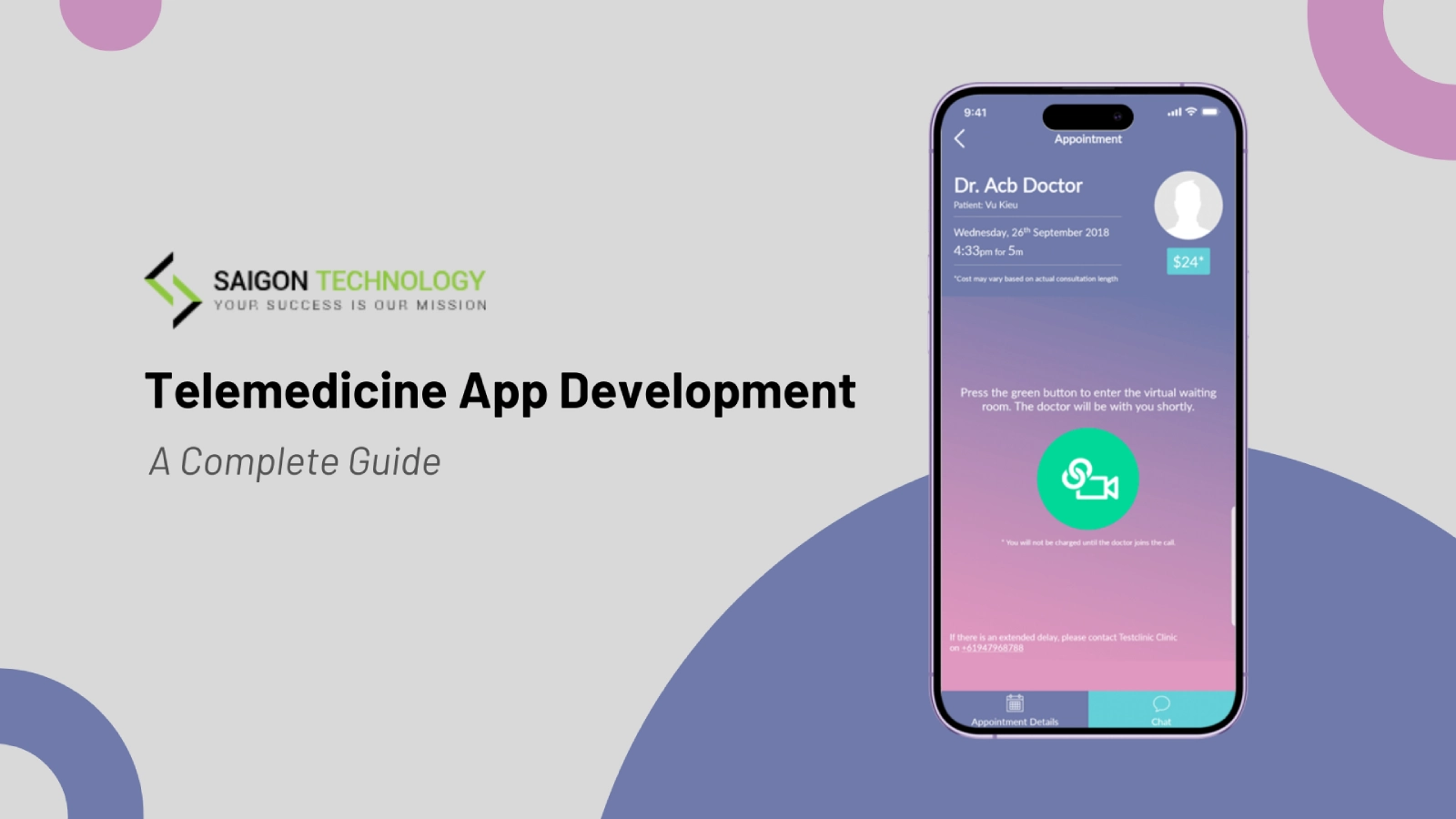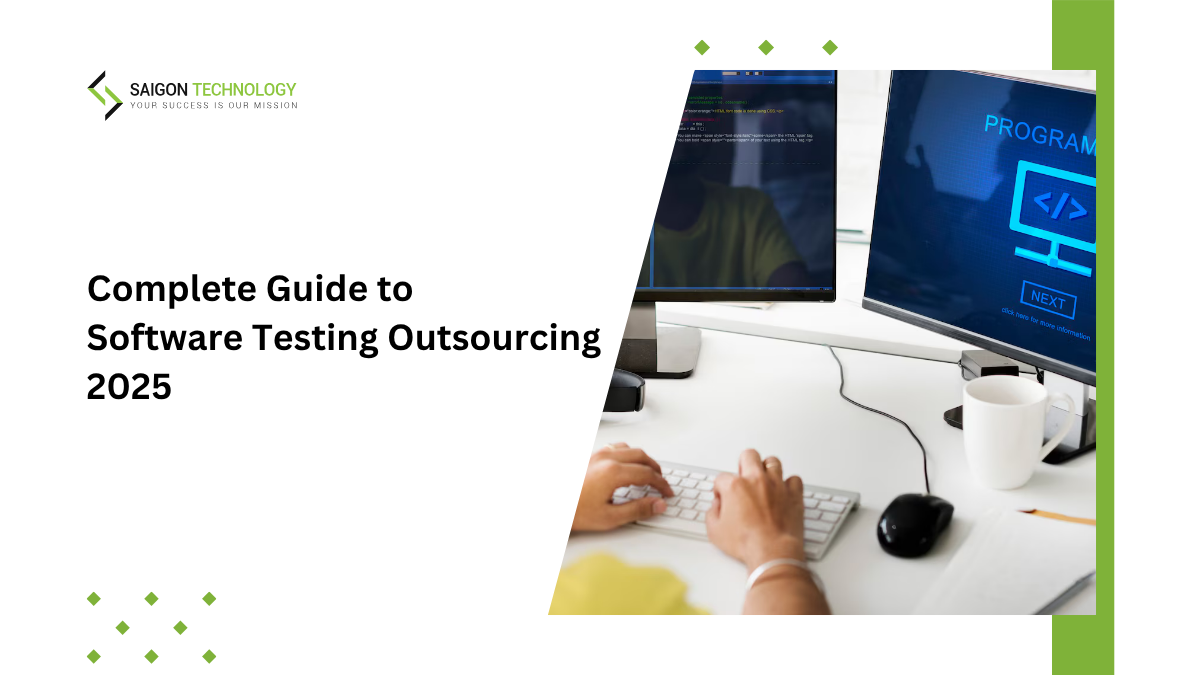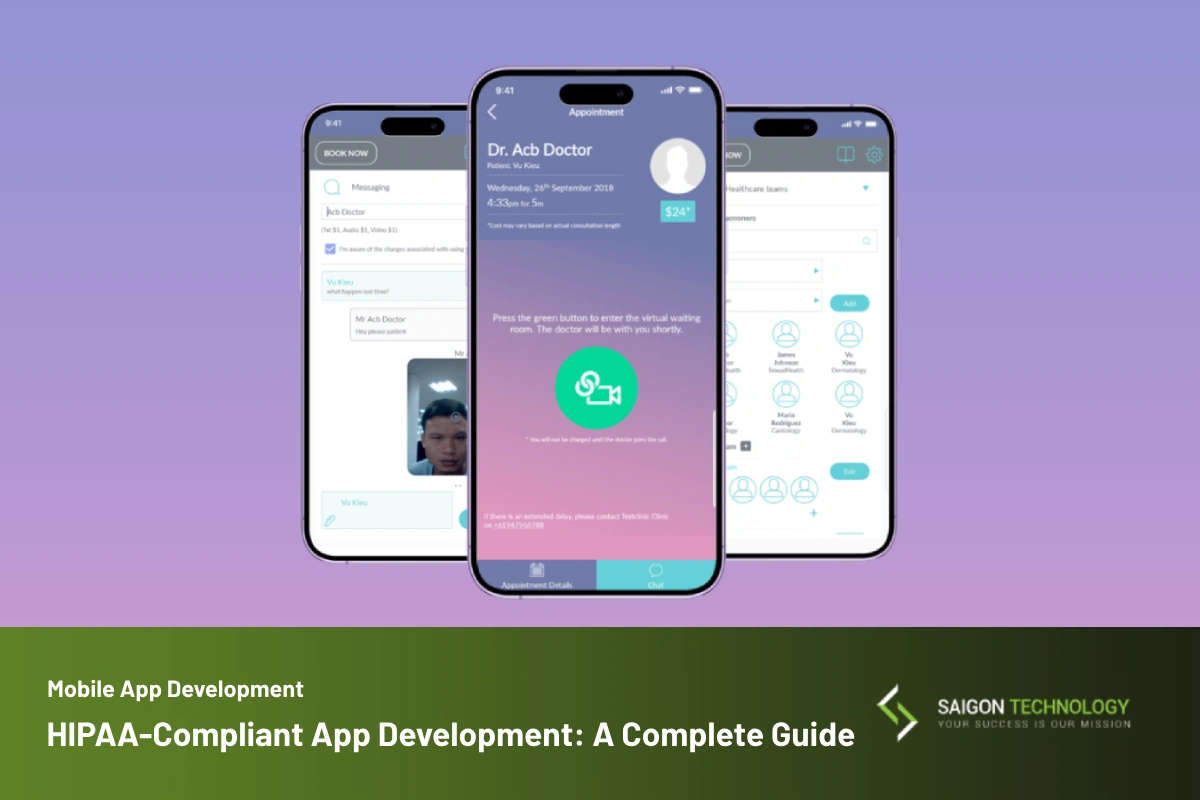Aspect-Oriented Programming Definition
In computing, aspect-oriented programming (AOP) is a programming paradigm that aims to increase modularity by allowing the separation of cross-cutting concerns.
Cross-cutting concerns are aspects of a program that affect other concerns. These concerns often cannot be cleanly decomposed from the rest of the system in both the design and implementation, and can result in either scattering (code duplication), tangling (significant dependencies between systems).
Examples of concerns that tend to be cross-cutting include:
- Caching
- Data validation
- Logging
- Format data
- Transaction processing
- …
Take this scenario as an example:
You develop a service with lots of getter methods to get data from the database and format the result in JSON string.
class Service {
getUser({id, name}) {
if (!Number.isInteger(id))
return null
const user = DAO.fetch(User, id, name) return JSON.stringify(user)
}
getArticle({id}) {
if (!Number.isInteger(id))
return null
const article = DAO.fetch(Article, id)
return JSON.stringify(article)
}
// getXyz ...
}
The Data Access Object (DAO) can be simplified as:
const DAO = {
// database access, query and retrieve the results here
fetch(model, ...params) {
return new model(...params)
}
}
And here are your models:
class Article {
constructor(id) {
this.id = id
}
}class User {
constructor(id, name) {
this.id = id
this.name = name
}
}
As you can see, any getter methods of the Service can be divided by 3 parts (or 3 concerns):
- Data validation: Check if id is integer.
- Main concern: Communicate with data access layer.
- Format data: Convert result to JSON string.
In this example, these 3 concerns are over-simplified. But in real-world applications, the main concern, the data validation, and the format data logics can get very complicated.
The data validation and format data logics are cross-cutting concerns and should be isolated from the main concern because they distract developers from concentrating on the main business logic.
Thus, we should separate and put them in 3 different places:
- The Service module should only deal with the main concern, or the core business logic.
- The data validation module should only take care of validating data.
- The format data module should only take care of formatting data.
⺠Learn more: https://saigontechnology.com/blog/go-vs-nodejs-the-programming-language-and-a-runtime-environment-differences/
Apply AOP with Javascript
There are many libraries and frameworks that allow us to implement an AOP solution to cope with cross-cutting concerns.
Here, we use a Javascript library: aspect.js
Removing all the cross-cutting concerns from the main concern, we rewrite the Service module as follow:
import {Advised} from 'aspect.js'@Advised()
class Service {
getUser({id, name}) {
return DAO.fetch(User, id, name)
}
getArticle({id}) {
return DAO.fetch(Article, id)
}
}
The @Advised decorator helps wire the ValidateAspect and FormatAspect into the Service class. The implementation of Service is very clean and easy to read. It only focuses on its main responsibility.
Finally, we can try calling some methods to see the result:
const service = new Service()console.log(service.getArticle({id: '1'}))
// nullconsole.log(service.getUser({id: 2, name: 'Hello Kitty'}))
// {"id":2,"name":"Hello Kitty"}
You can clone the full source code here:
https://github.com/blueish9/example-aop-nodejs
Core Concepts of AOP Explained
1/ Aspect
An aspect is a module which has a set of cross-cutting functions.
E.g: ValidateAspect, FormatAspect
To form an aspect, we define pointcut and advice.
2/ Join point
A join point is a specific point in the application where we can plug-in the AOP aspect. Such as method execution, exception handling, variable modification… Most of the time, a join point represents a method execution.
3/ Advice
An advice is an action taken at a particular join point. In other words, it is the actual code that gets executed before or after the join point.
E.g: @beforeMethod, @afterMethod, @aroundMethod
4/ Pointcut
A pointcut is a predicate that matches with join point to determine whether advice needs to run. Depending on the libraries or frameworks, pointcut can be specified differently with pattern or expression.
With the library aspect.js used in this article, a pointcut is specified with Javascript regular expression (Regex):
{
classNamePattern: /.*/,
methodNamePattern: /^(get)/
}
5/ Target object
A target object is an object being advised by one or more aspects. Also referred to as the advised object.
E.g: The Service class used in the example.
6/ Weaving
Weaving is the process of linking aspects with other objects to create an advised object.
E.g: Apply weaving on the Service class with @Advised decorator.
@Advised()
class Service
A Few Thoughts on AOP
Benefits
- Embrace modularity.
- Reduce coupling between dependencies.
- Make code easier to read, reuse, and maintain.
Drawbacks
- Not included as part of programming languages, must rely on libraries to work.
- Debugging can be difficult because code flow is more than meets the eyes.
- Require disciplines to not overuse.
Aspect-Oriented Programming is considered “dark art” in the OOP world because it can intervene in your code and perform some black magic behind the scene. For example, it can modify your method, replace the result, or even block your code from executing.
Despite all the power it gives, we should use AOP with care and deep understanding. Unnecessary use of AOP in your application can be harmful and may lead to many unexpected errors.
Aspect-Oriented Programming is not an absolute replacement of Object-Oriented Programming. Instead, they are companion.
Aspect-Oriented Programming complements Object-Oriented Programming by providing another way of thinking about program structure. The key unit of modularity in OOP is the class, whereas in AOP the unit of modularity is the aspect.
Source: https://medium.com/@blueish/an-introduction-to-aspect-oriented-programming-5a2988f51ee2











